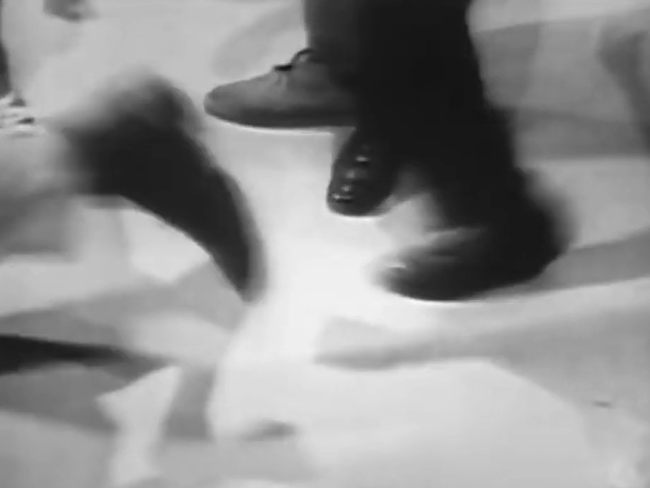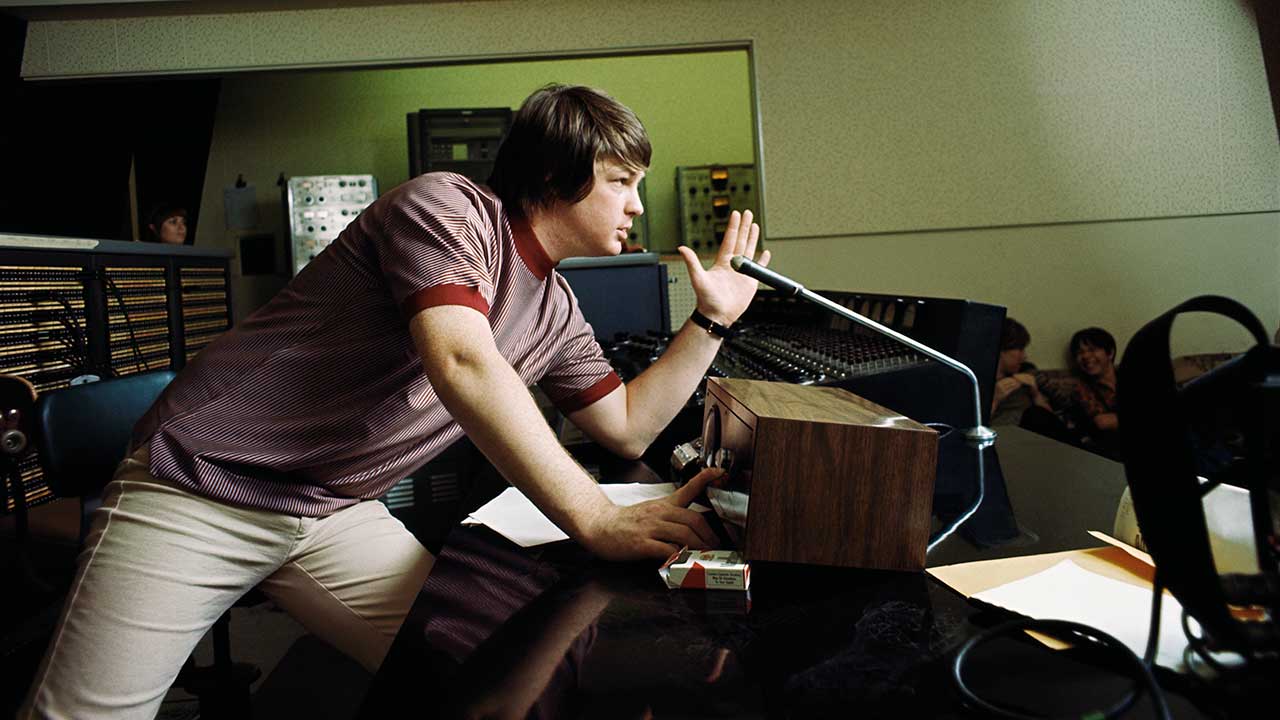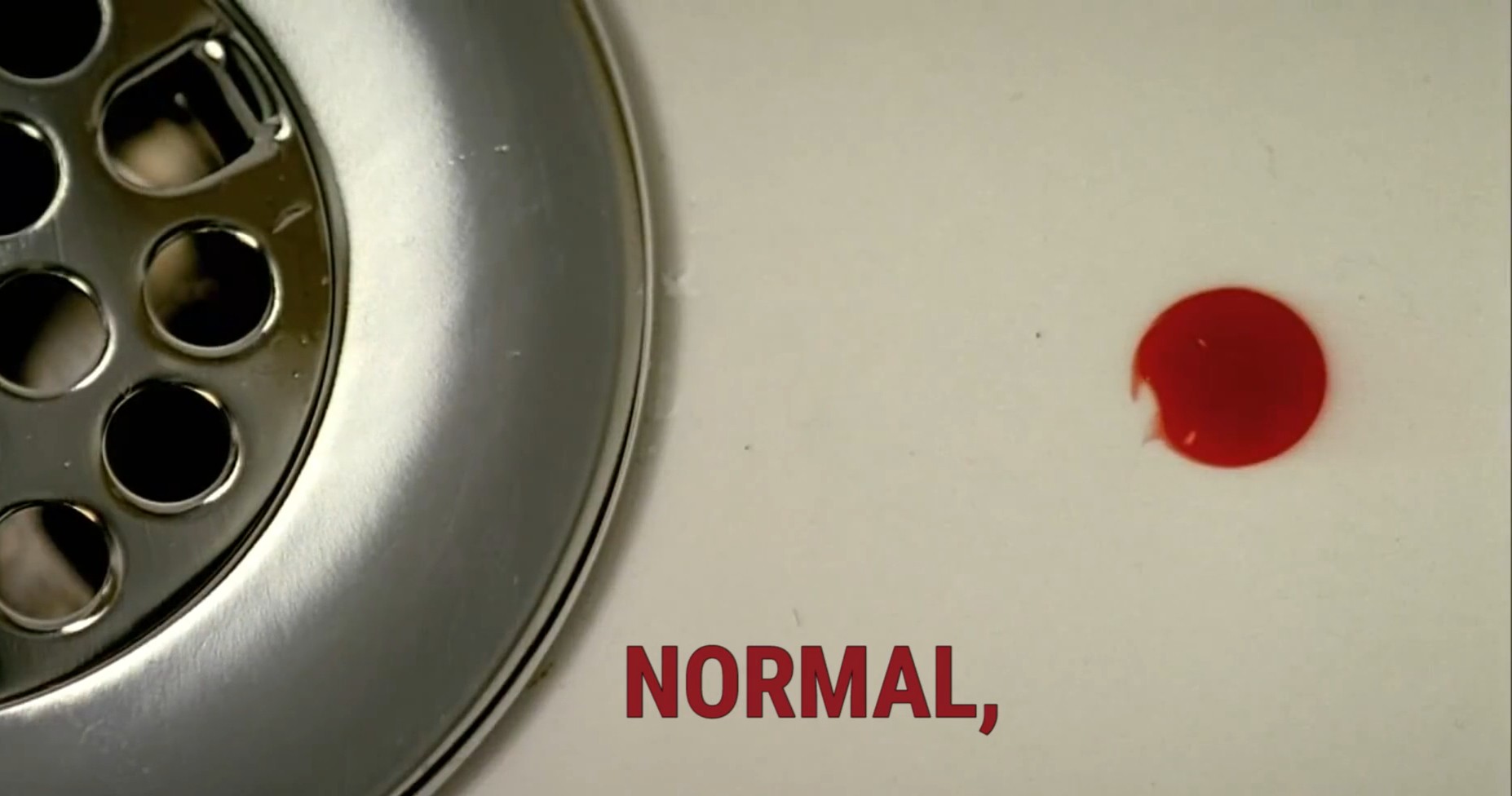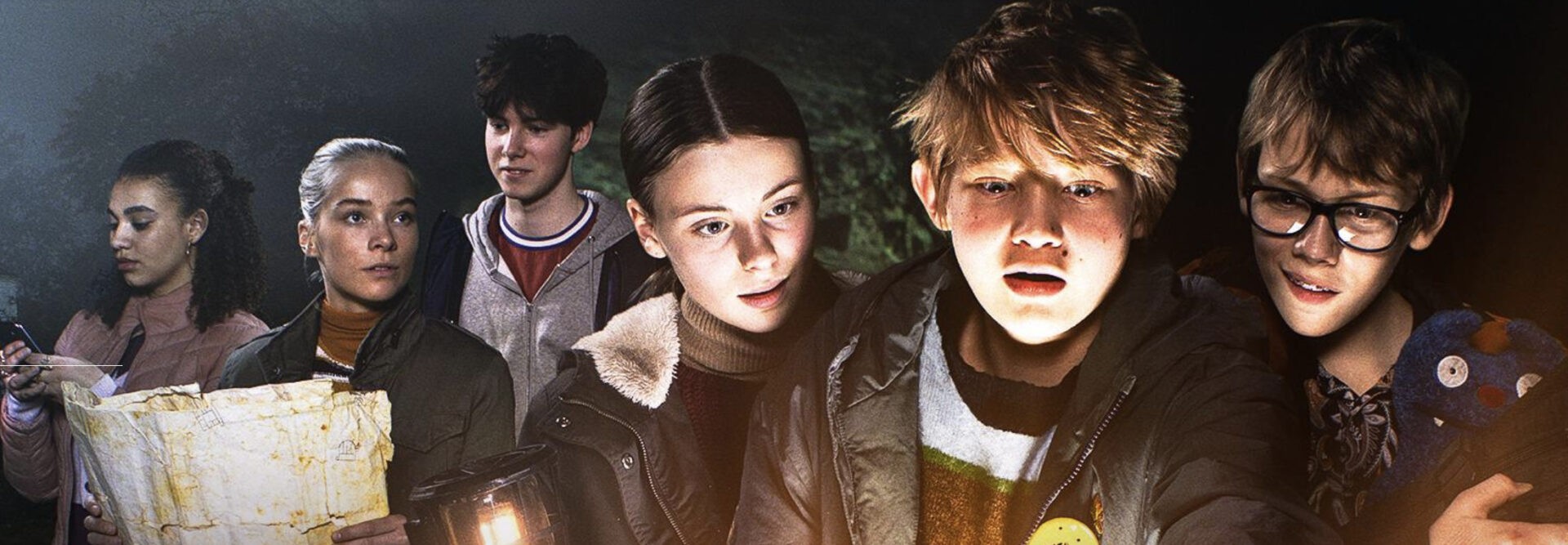
This is a taster of a chapter I have just published about unusual and expressive uses of sound in TV.[1] The chapter is in one of the Moments in Television series books that I blogged about recently, and focuses on an episode of the science fiction series The Twilight Zone : ‘The Invaders’ (1961). The episode has no dialogue, though it has some narration spoken to camera and some music, and the absence of speech made me think about what









